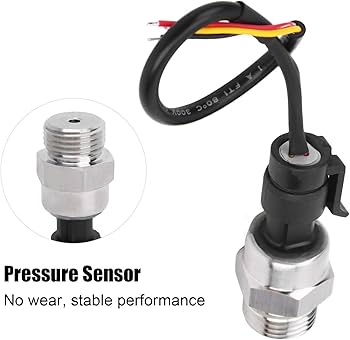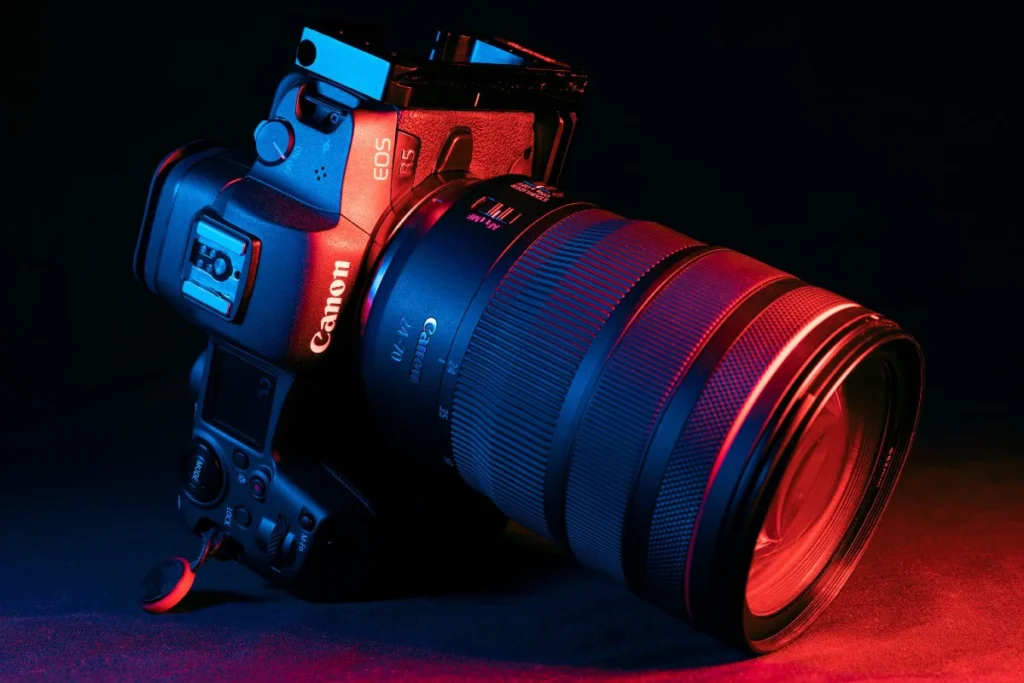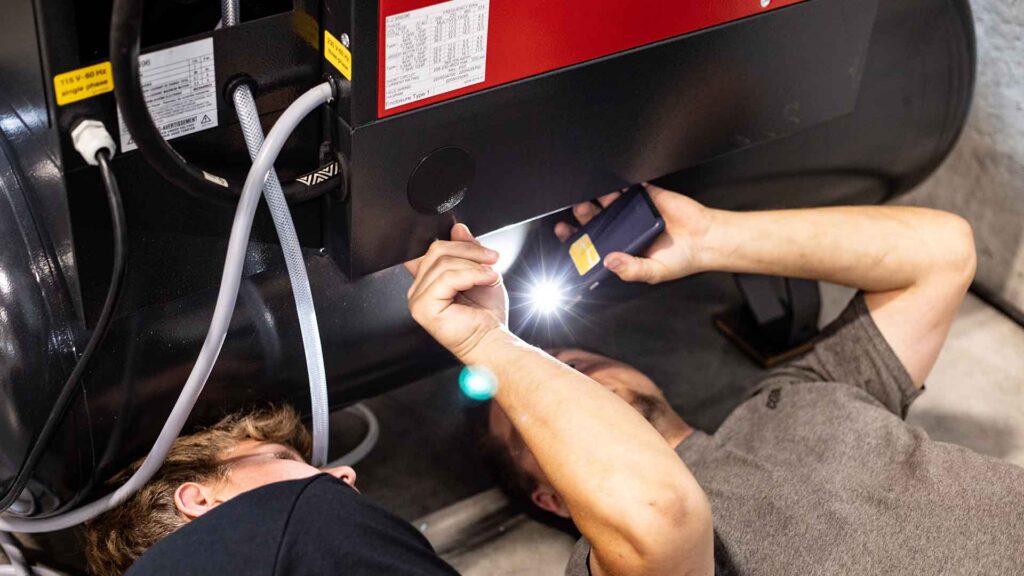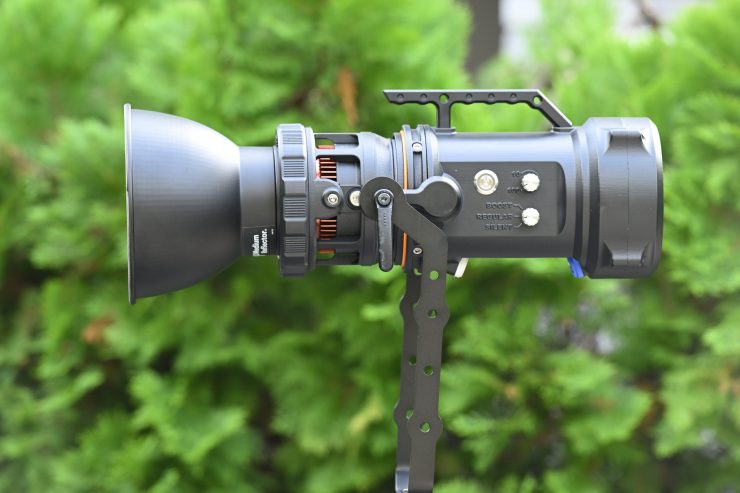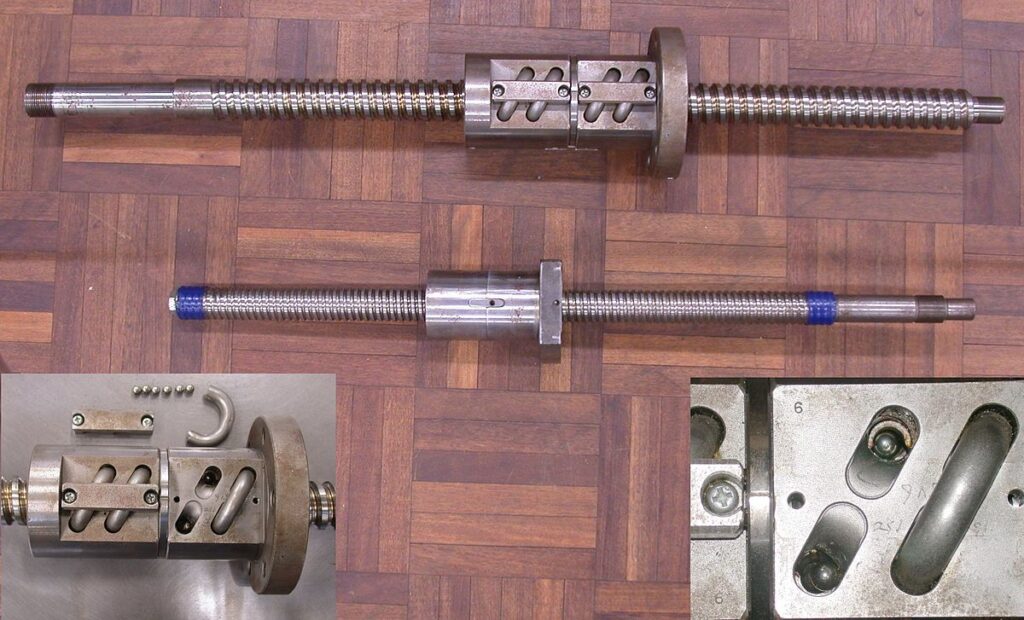
Because they measure pressure, pressure transducers are essential equipment in many different industries that provide comfort and safety. This blog examines their significance, usefulness, and crucial purpose in engineering and industrial contexts, providing technicians and engineers with insightful advice on how to utilize and maintain them effectively.
The Basics of How Pressure Transducers Function
At their core, pressure transducers are devices that convert pressure into an electrical signal. But how does this conversion happen? Let’s break it down into simple terms.
First of all, the pressure transducer has a ceramic or silicon-based sensing element. This piece experiences a modest change in form when pressure is applied. The material’s electrical characteristics, such as capacitance and resistance, are impacted by this form shift.
The internal circuitry of the transducer then recognizes these alterations and transforms them into an electrical signal. Electronic equipment can then interpret this signal to determine the exact pressure.
In essence, pressure transducers act as translators, converting physical pressure into readable data. This ability makes them indispensable in monitoring and controlling various processes.
Types of Pressure Transducers
Pressure transducers come in several types, each designed for specific applications. Understanding these types can help you choose the right one for your needs.
Strain Gauge Transducers
Strain gauge transducers are among the most common types. They use a strain gauge bonded to the sensing element. When pressure is applied, the strain gauge deforms, changing its electrical resistance. This change is converted into an electrical signal, providing a pressure measurement.
Capacitive Transducers
Capacitive transducers operate on the principle of capacitance. They have two conductive plates separated by a dielectric material. When pressure is applied, the distance between the plates changes, altering the capacitance. This change is detected and converted into an electrical signal.
Piezoelectric Transducers
Materials that produce an electric charge when under mechanical stress are used in piezoelectric transducers. These materials generate a voltage that is proportionate to the applied pressure when pressure is applied. The pressure is then precisely measured using this voltage.
Understanding these types helps in selecting the right transducer for specific applications, ensuring accurate and reliable measurements.
Applications in Industrial and Engineering Environments
Pressure transducers are widely used in engineering and industrial settings. Their ability to provide precise pressure measurements makes them invaluable in various applications.
Manufacturing Processes
Pressure transducers are used in manufacturing to monitor and regulate procedures such as injection molding, where exact pressure control guarantees the quality of the final product. They are also involved in the maintenance of ideal pressure levels for effective functioning in hydraulic and pneumatic systems.
HVAC Systems
Heating, ventilation, and air conditioning (HVAC) systems rely on pressure transducers to maintain comfort levels. These devices monitor the pressure of refrigerants and airflows, ensuring the system operates efficiently and safely.
Automotive Industry
Pressure transducers are used in the automobile industry to monitor tire pressure, fuel systems, and engine performance.Precise pressure measurements contribute to increased safety, fuel efficiency, and performance optimization.
These examples highlight the versatility of pressure transducers and their critical role in various industries.
Things to Take Into Account While Choosing Pressure Transducers
Choosing the right pressure transducer involves considering several factors. These considerations ensure you select a device that meets your specific needs and provides accurate measurements.
Pressure Range
One very important component is the pressure range. Make sure the float switch and transducer can withstand the highest pressure in your application without sacrificing accuracy. Choose a transducer whose range allows you to comfortably cover the pressures at which you operate.
Accuracy and Sensitivity
Accuracy and sensitivity are vital for precise measurements. Check the transducer’s accuracy specifications and ensure it meets your requirements. Sensitivity refers to how responsive the transducer is to pressure changes, impacting measurement quality.
Compatibility and Environmental Factors
Think about how well the transducer works with your setup. Make sure it is compatible with the devices you use for data acquisition. Consider environmental aspects like temperature, humidity, and exposure to corrosive materials when choosing a transducer, and make sure it can survive these circumstances.
By carefully considering these factors, you can choose a pressure transducer that delivers reliable and accurate performance in your specific application.
The Future of Pressure Transducer Technology
Pressure transducer technology appears to have a bright future ahead of it, with developments planned to boost efficiency, precision, and adaptability. The future of these gadgets is being shaped by several developments.
Miniaturization
One such tendency is miniaturization. More compact systems and devices will be able to integrate smaller pressure transducers, which are currently being developed. The precision and dependability of these downsized transducers are on par with those of their bigger equivalents.
Wireless Technology
Wireless pressure transducers are gaining popularity. These devices eliminate the need for physical connections, simplifying installation and maintenance. Wireless technology also enables real-time data monitoring and remote access, enhancing convenience and efficiency.
Enhanced Materials and Manufacturing Techniques
Pressure transducers are becoming more reliable and efficient as a result of improvements in manufacturing processes and material science. While new materials are more resilient to hostile conditions, modern production techniques improve precision and dependability.
These trends indicate a bright future for pressure transducers, with continuous improvements making them even more valuable in various applications.
The Value of Continual Upkeep and Adjustment
Like any precision instrument, pressure transducers require regular maintenance and calibration to ensure accurate and reliable performance. Neglecting these aspects can lead to measurement errors and compromised data integrity.
Regular Inspections
Regular inspections help identify potential issues before they affect performance. Check for physical damage, corrosion, and wear. Inspect the electrical connections and ensure they are secure.
Calibration
Accuracy maintenance requires calibration. Because of usage and environmental conditions, pressure transducers may wander over time from their initial calibration. Frequent calibration guarantees that the transducer produces readings that are accurate within predetermined limits.
Cleaning and Protection
Keep the transducer clean and protected from harsh conditions. Follow the manufacturer’s guidelines for cleaning procedures and use protective measures to shield the transducer from contaminants and extreme temperatures.
You can guarantee consistent and accurate measurements and increase the lifespan of your pressure transducer by including frequent maintenance and calibration into your regimen.
Conclusion
In today’s industrial and technical applications, pressure transducers are essential instruments. They offer dependable and accurate pressure readings, making it possible to precisely regulate and monitor a variety of operations.

